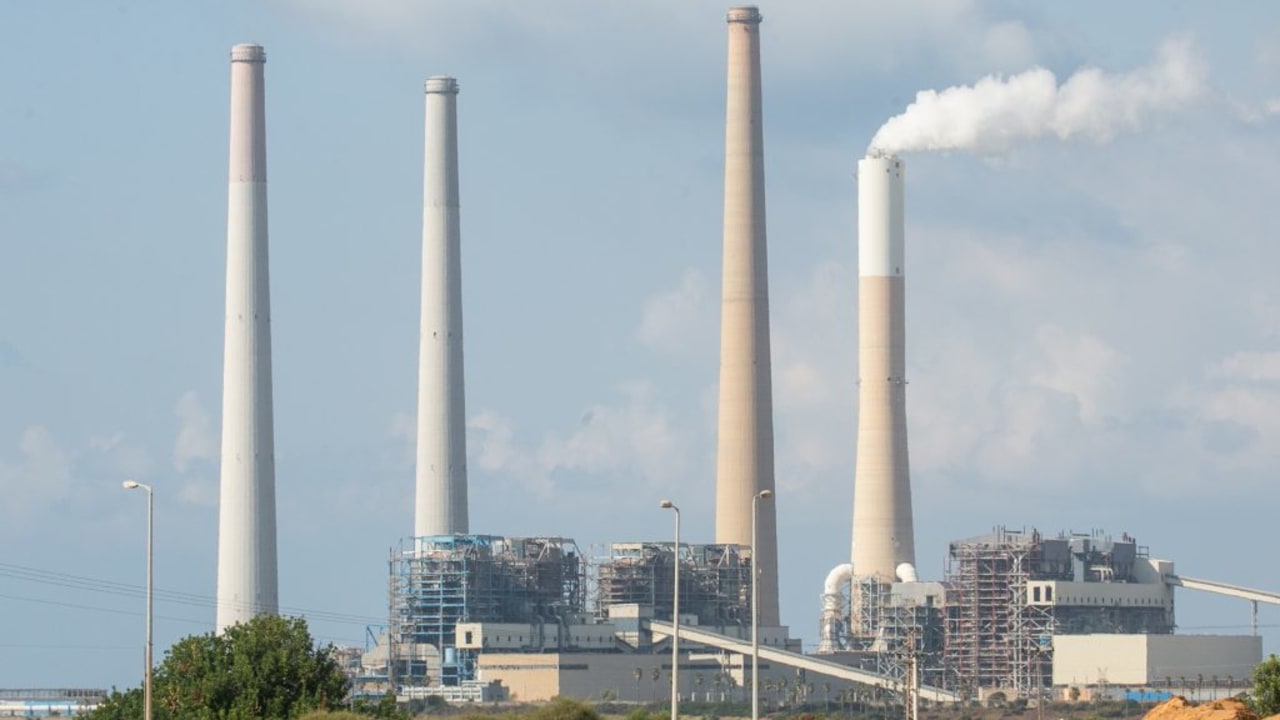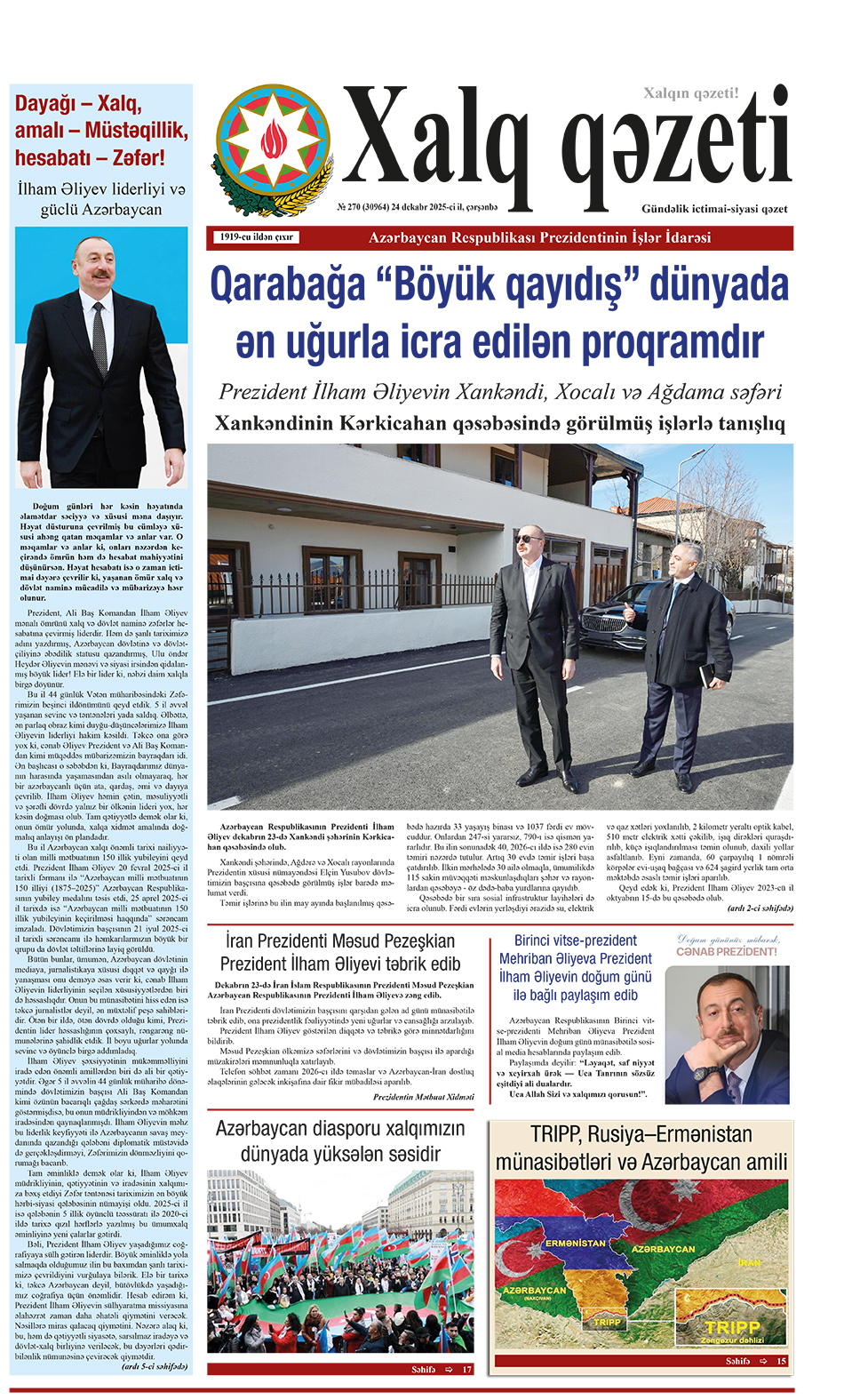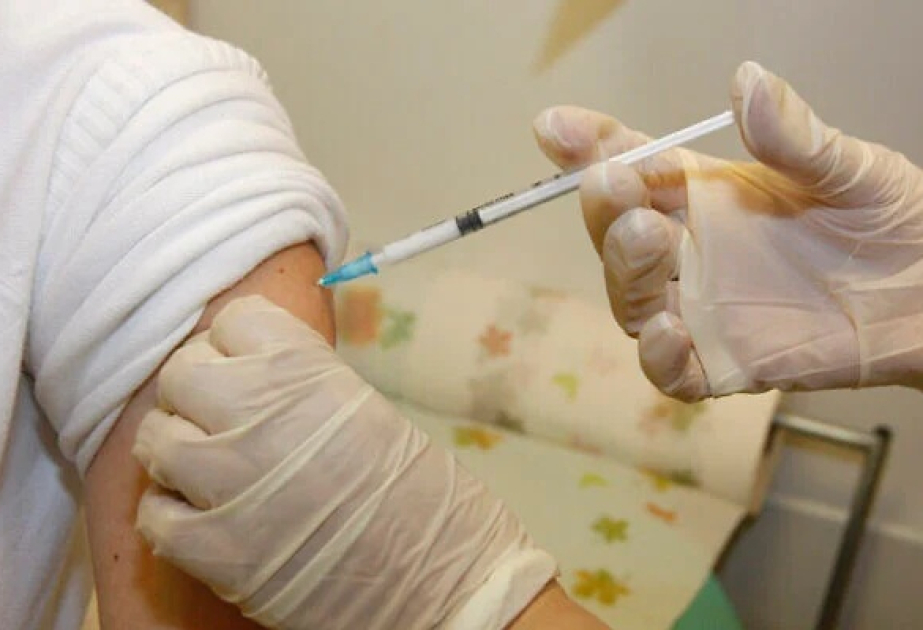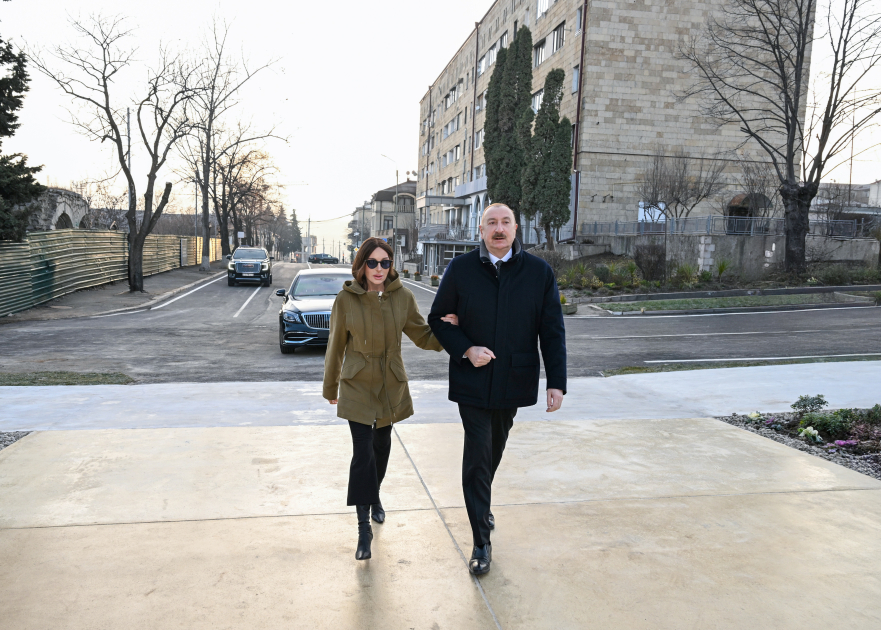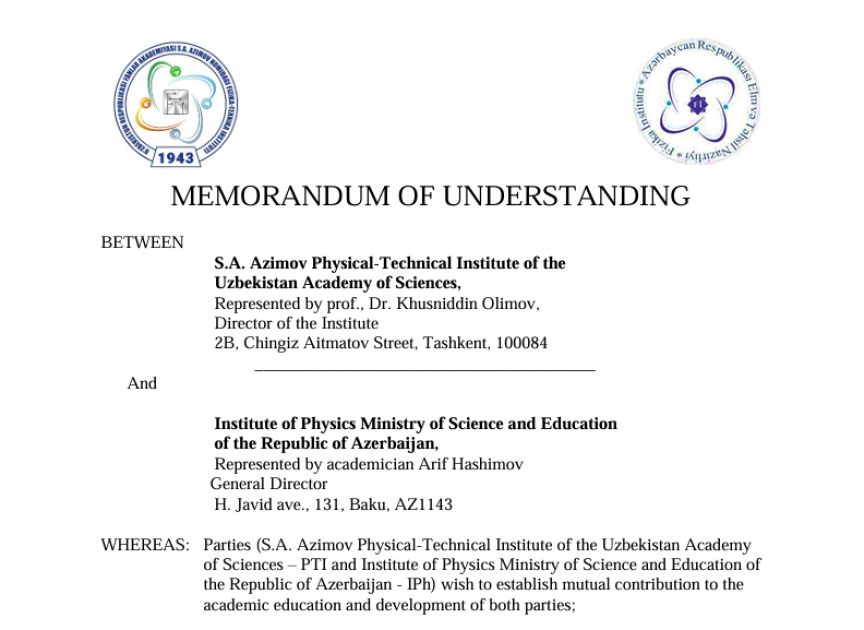ESA project astronaut Marcus Wandt from Sweden will travel to the International Space Station (ISS) on Axiom Mission 3 (Ax-3) no earlier than January 2024, according to European Space Agency.
Axiom Space announced the four crew members who will spend up to 14 days on board the Space Station during the Ax-3 mission. Marcus will serve as mission specialist under the command of Michael López-Alegría, Axiom Space’s chief astronaut, representing both USA and Spain as a dual-citizen.
Ax-3 will be the first commercial human spaceflight mission with an ESA-sponsored astronaut. Marcus’s mission, called Muninn, is supported by ESA and the Swedish National Space Agency (SNSA).
“ESA is supporting a new generation of space explorers that use commercial access to space with new ideas, concepts and research. A more versatile access for humans to space will fuel the European economy and knowledge beyond Earth,” says ESA’s Director of Human and Robotic Exploration Daniel Neuenschwander.
The other two Ax-3 crew members are Walter Villadei, an Italian Air Force colonel and pilot for the mission, and Mission Specialist Alper Gezeravci from Türkiye.
Marcus, Walter, and Alper have extensive flight experience, and all served in their nation’s air forces. Marcus worked as a test and fighter pilot for the Swedish Air Force.
“This crew is shifting the paradigm of how governments and space agencies access and reap the benefits of microgravity. The Ax-3 mission will be transformational as it positions European nations as pioneers of the emerging commercial space industry,” said Michael, former NASA astronaut and Ax-1 mission commander.
“With Marcus, Europe is teaming for the first time with a commercial space company to implement an astronaut flight to the International Space Station. ESA is supporting its Member States to show how fast-track, short-duration missions can generate good science, outreach and education in support of STEM and benefits for life on Earth,” says Frank De Winne, ESA’s ISS Programme Manager.
A SpaceX Falcon 9 rocket will launch Ax-3 on a SpaceX Crew Dragon spacecraft to the Space Station from NASA’s Kennedy Space Center in Florida, USA. Once docked with the orbital laboratory, Marcus will spend up to 14 days conducting microgravity research and educational activities.
The Swedish astronaut is currently following a training programme to live and work in space, and meet the high standards required for human spaceflight. Marcus’s training takes place in Europe, USA, Canada and Japan.


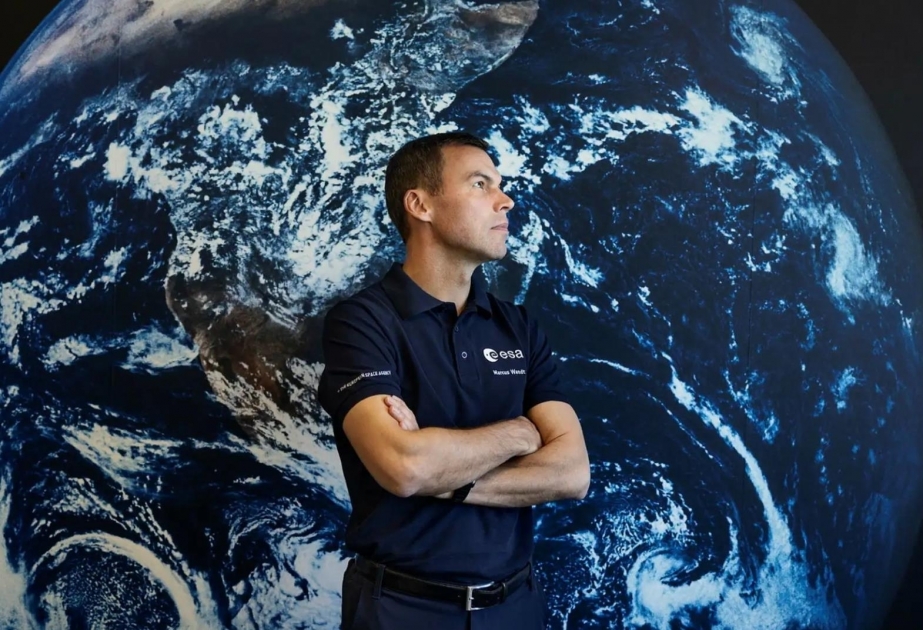
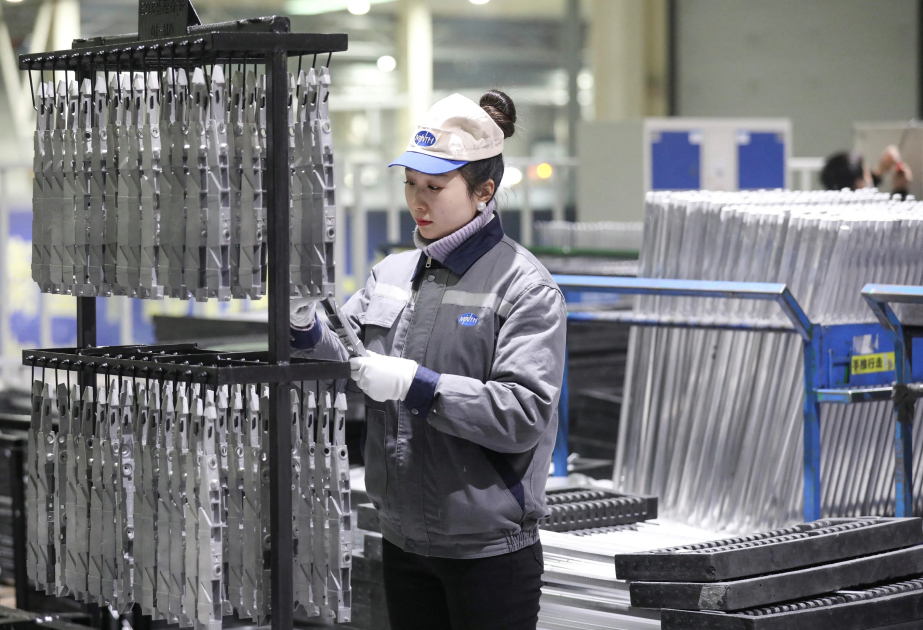
.webp)


